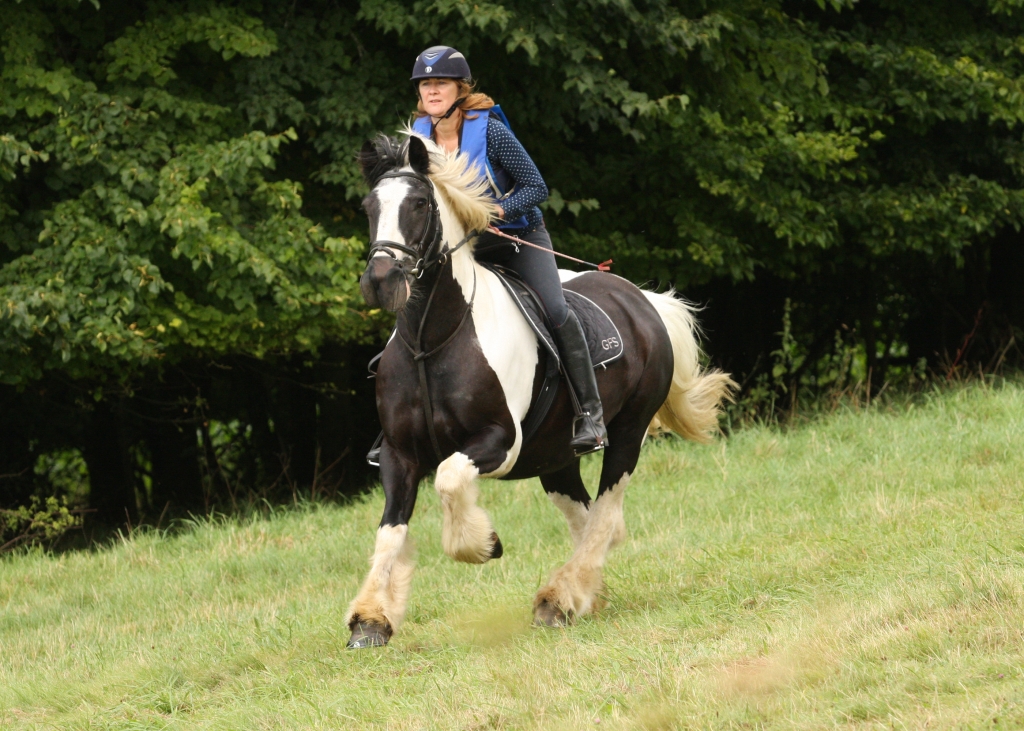
The BSAVA Is Celebrating International Women And Girls In Science Day
In this special blog to celebrate International Women and Girls in Science Day today, 11 February, the BSAVA caught up with Krista Arnold to find out what inspired her to become a veterinary surgeon, how the industry has changed over the years and how women are playing a more active role.
“I could have gone in for something easier and gentler—like coalmining or lumber jacking.” – these were the words of veterinary surgeon and writer Alf Wight, better known under his pen name “James Herriot”, when asked why he became a vet.
I am a veterinary surgeon and I had wanted to become a vet since I was 12 years old and no one could talk me out of it.
The veterinary profession has changed very much since James Herriot treated all creatures great and small in the middle of the last century. The main income in those days came from farm animal and horse practice, the pet animal business was still in early development. Life as a farm vet was hard physical work, dangerous and dirty. Almost all vets back then were men.
When I started to study, a vet was still expected to be available and on call 24 hours a day 365 days a year, working very long hours and being able to perform hard physical work. Work life balance meant you tried to fit your family and social life around the profession.
After graduation I worked in a variety of clinical and non-clinical positions, including as a farm animal locum vet in the Austrian Alps. This meant travelling to various farms and while it was wonderful to drive through picturesque countryside, it also meant driving on narrow and rough mountain roads, which in winter were covered in snow. Call outs during the night were particularly challenging and dangerous. Nowadays I only work as a companion animal vet and patients come to me.
But when did vets start treating all creatures great and small? The modern veterinary profession began in the mid 17 hundreds when the first Veterinary Schools were established in Europe.
Horses were important in the maintenance of military power and mobility, and therefore were the focus of the first veterinary hospitals. Vets came from military or farrier backgrounds and care for farm animals, dogs and cats was largely a job for knacker men.
Nowadays vets treat all creatures great and small. We also have responsibility in the public health sector for animal welfare and food hygiene, including supervision of slaughter and the import and export of animals and their products. Some vets choose a career in academia to do research and teaching, others work in Food industry or in the Pharmaceutical industry – we even have a vet in the House of Commons and one in the House of Lords.
But what about women? In the UK, it wasn’t until 1922 that the first woman – Aileen Cust- was allowed by the Royal College of Veterinary Surgeons, to officially join the profession. Aileen had actually qualified as a vet 22 years earlier. She went on her daily visits riding side-saddle, before returning home to dress for dinner. During the First World War she even volunteered as a vet caring for horses on the western front. After this, the Royal College couldn’t deny Aileen her veterinary status any longer but still demanded that she pass a further exam.
In the last century, veterinary businesses were usually family-owned run by a male vet. His wife would fulfil the role of the receptionist and the Vet Nurse. However, in the last 30-40 years the gender balance shifted and today, female vets account for almost 65 % of the 23,000 practicing vets registered with the Royal College. These female vets still need to balance their career around their family and children. This has led to less interest in old-style practice partnership, with more corporate ownership offering a higher job flexibility but lower pay in exchange.
Many of us consider their professional choice a vocation, rather than a job. While we gain high satisfaction from being able to keep animals healthy and help sick animals getting better, it is not always “wonderful to work with animals”.
Sadly we see many vets leaving clinical work in practice within the first 5 years post-graduation and an increasing number turning away from the profession altogether. The high pressure, personal perfectionism, increasing owner expectation can lead to stress, or even burnout. High cost medicine and financial constraints of owners coupled with the personal strain of social media complaints also contribute to the retention crisis.
While I am almost at the end of my professional life, I wonder what my profession will look like in 30 years and how our young colleagues will cope with the changes ahead of them.
But some things will never change….and in the words of Mr. Herriot…… “Animals are unpredictable things, and so our life is unpredictable. It’s a long tale of little triumphs and disasters and you’ve really got to like it to stick to it”.
Krista is Chair of the BSAVA Events Working Group, the team behind the BSAVA Congress, which will take place from 25 to 27 March 2021. The event includes opportunities to network with colleagues from across the globe, watch 100 on-demand webinars, join 24 module topics and 80 live sessions. To find out more, click here.
More from BSAVA
- Veterinarians are frequently prescribing metronidazole in contradiction to antimicrobial use guidelines, new study finds
- BSAVA to champion clinical research at BVA Live 2026
- Nominations open for the 2026 BSAVA Awards
- BSAVA PetSavers awards funding for eight new clinical research grants
- BSAVA launches Rover: A groundbreaking AI tool for veterinary professionals

 5 years ago
5 years ago  942 views
942 views